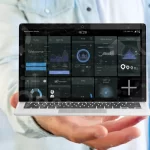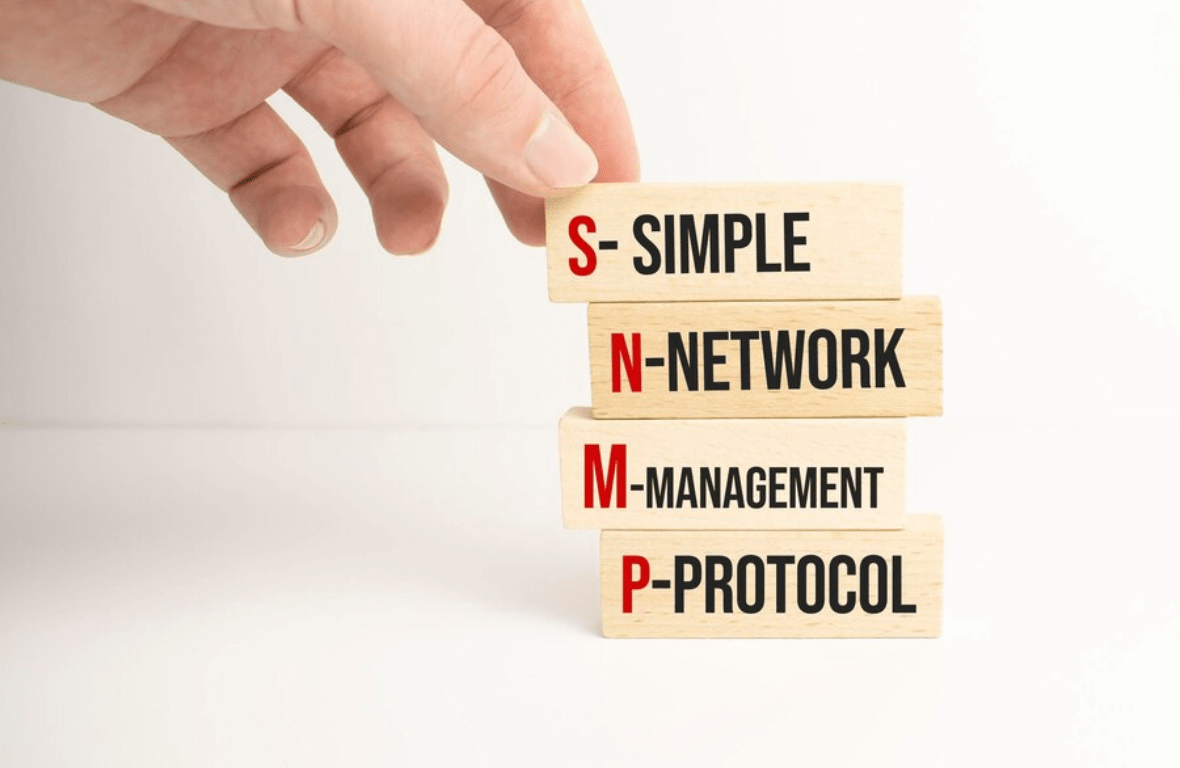Virtualization technology has changed the way we manage computing resources, allowing multiple virtual machines (VMs) to run on a single physical machine. Hypervisor monitoring software is responsible for creating and managing such VMs. Monitoring these hypervisors is crucial for boosting the health, performance, and security of the entire virtualized environment.
Related blog: 10 reasons why a VM monitoring tool is invaluable for organizations
Understanding the role of hypervisors

A hypervisor acts as a platform for virtual machines, enabling multiple operating systems to share a single hardware host. Its main job is to allocate resources to VMs so that they don’t interfere with each other. There are two main types of hypervisors: Type 1, or bare-metal hypervisors, which run directly on the host’s hardware to control the hardware and manage guest operating systems.
Type 2, or hosted hypervisors, which run on a conventional operating system just like other computer programs. Type 1 hypervisors are often used in enterprise environments where performance and security are critical, while Type 2 hypervisors are more suited for testing and development purposes.
Importance of hypervisor monitoring
Monitoring your hypervisor is like having a health check for your virtual environment. It makes sure that VMs run smoothly, without interruptions, while offering insights into performance metrics, resource utilization, and potential threats. It gives enterprises the ability to optimize resource allocation, achieve better load balancing, and detect issues before they escalate into serious problems.
Moreover, hypervisor monitoring is integral to maintaining a secure virtual environment. It can help identify unusual activity that may indicate a security breach for vulnerabilities to be addressed immediately.
Challenges in hypervisor monitoring
Monitoring hypervisors presents a unique set of challenges that stem from the complexity of virtualized environments. As these environments grow, so does the difficulty in aggregating and interpreting the vast amounts of data generated by virtual machines and their underlying infrastructure.
This complexity can make it hard to distinguish between normal fluctuations in performance and early signs of serious issues.
Another big hurdle is security and compliance. Virtual environments are dynamic, with VMs being created, moved, and deleted regularly. Such fluidity makes it challenging to maintain a consistent security posture and adhere to strict compliance standards.
Best practices for hypervisor monitoring with RMM tools
To overcome these challenges, several best practices can help ensure proper hypervisor monitoring with Remote Monitoring and Management (RMM) tools. These include:
- Setting up appropriate alerts: One of the first steps is to set up alerts for key performance indicators. These alerts can help IT teams respond quickly to potential issues before they affect the virtual environment’s performance or security. It’s important to fine-tune these alerts to avoid alarm fatigue, where too many notifications lead to important warnings being overlooked.
- Baselining performance: Establishing a baseline for normal performance metrics helps constitute “normal” for your environment. So organizations can more easily spot anomalies. Regularly updating this baseline is necessary to account for changes in the virtual environment’s usage or configuration.
- Conducting regular health checks: As earlier mentioned, scheduled health checks can identify potential issues before they become damaging. These checks should include a review of resource utilization, performance metrics, and security posture.
- Integrating with IT management tools: RMM tools should not work in isolation. Integrating them with other IT management solutions provides a full view of the health of the IT infrastructure.
How to choose the right RMM tool for hypervisor monitoring
A best-fit RMM tool can simplify the complexities of virtualized environments, ensure high performance, and maintain security. Some practical tips for choosing an RMM tool that aligns with hypervisor monitoring needs are:
- Assess scalability: The chosen RMM tool should be able to grow with your virtual environment. Consider not just your current needs but also how your infrastructure might expand in the future. A scalable solution will handle an increasing number of VMs without a drop in performance or manageability.
- Check for compatibility: Ensure the RMM tool supports all the hypervisors in your environment. Whether you’re using VMware, Microsoft Hyper-V, or another hypervisor, the tool should offer comprehensive support without favoring one platform over another.
- Evaluate the feature set: Look for features specifically designed for virtual environments. This includes automated discovery of VMs, performance tracking, resource optimization suggestions, and security compliance checks. The tool should offer detailed insights into each VM’s health and performance, as well as the overall status of the physical hosts.
- Consider integration capabilities: The ability to integrate with other IT management tools can greatly enhance the effectiveness of your RMM solution. Integration can provide a unified view of both physical and virtual resources, making it easier to manage complex environments. Check for compatibility with your existing IT infrastructure and any tools you plan to use in the future.
- Review support and community: Good vendor support and an active user community can be invaluable. They can offer help with setup, troubleshooting, and best practices for utilizing the tool effectively. Look for vendors known for their customer service and check if there’s an active community forum or knowledge base.
- Test with a trial: Before committing, take advantage of any free trials or demos. Testing the tool in your environment can provide insights into its ease of use, feature effectiveness, and how well it meets your specific monitoring needs.
Related blog: 5 Key Features to Look for in Network Monitoring Software



















